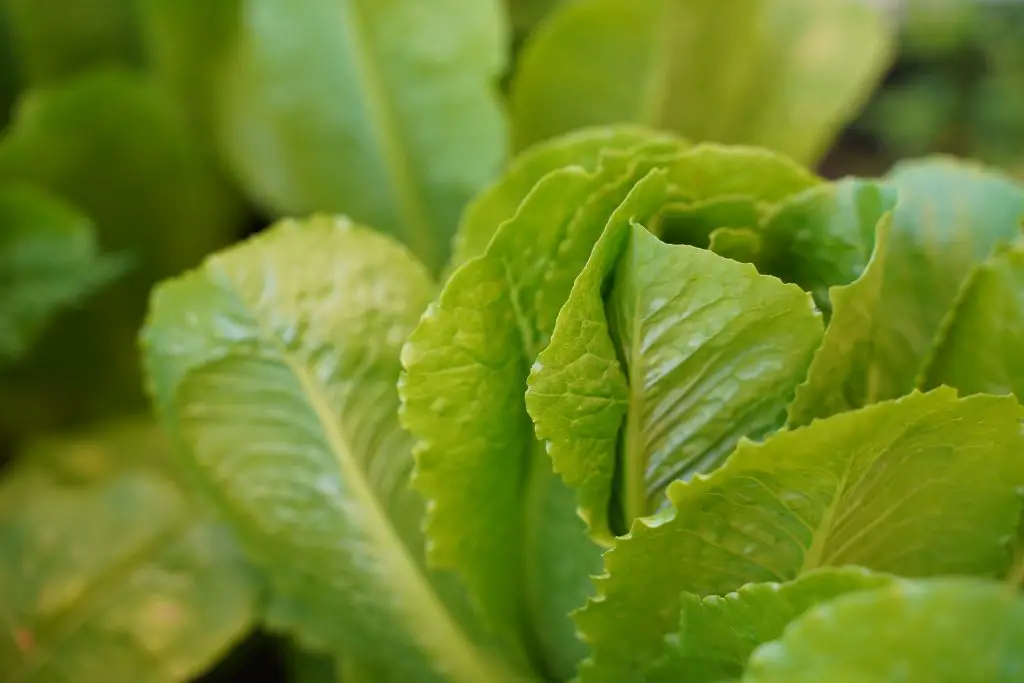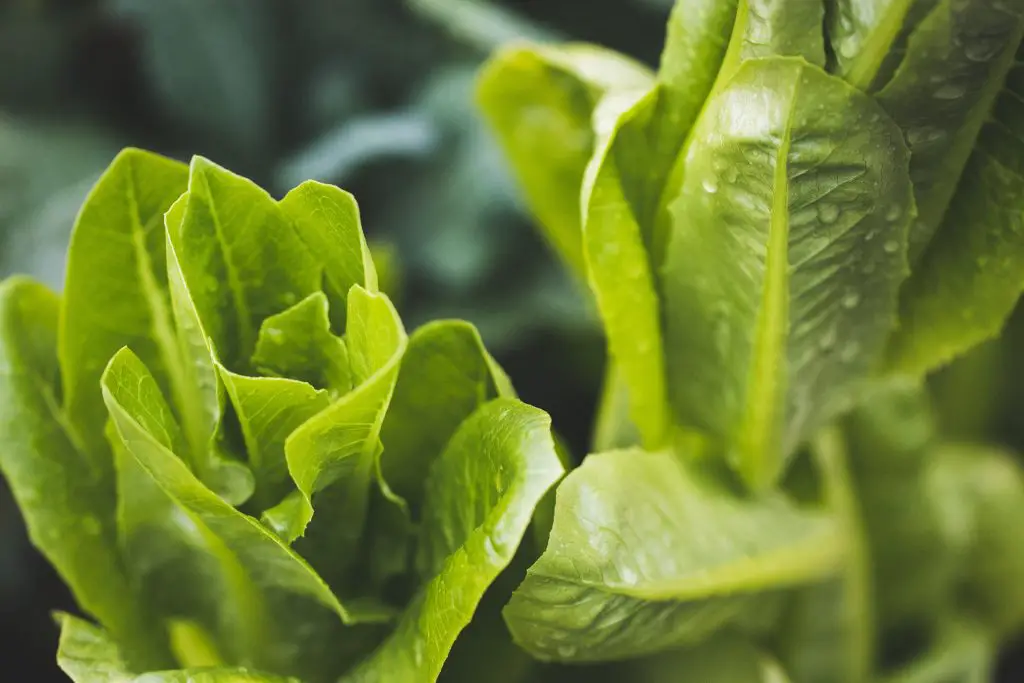Can You Harvest Romaine Lettuce More Than Once? Romaine Lettuce, also known as Cos Lettuce in some countries, is one of the most popular lettuces eaten around the world. In grocery stores, it is most commonly sold as an individual lettuce head. But can you harvest Romaine lettuce more than once?
Romaine lettuce, like most varieties, can be harvested multiple times from the garden. This can be done in one of two ways the first is to remove the entire head leaving the roots in the ground. Once cut, the plant will regrow producing a second harvest. Alternatively, the outer leaves of the plant can be harvested as required.
Of the two methods, the latter method is most suited to home gardeners as it allows a continuous harvest as the plant recovers within a week or so ready for the next harvest. However, if the entire head of the plant is removed it takes several weeks for the plant to recover. Additionally, the secondary growth is rarely as tender as the first harvest and the shock of removing the initial head generally makes the plant more susceptible to bolting the second time around.

How To Harvest Romaine Lettuce
To get the most out of the lettuce, care needs to be taken when harvesting the plant, so put your scissors and knife away. To ensure that you can harvest small amounts of leaves frequently it is best to remove the leaves by hand. To do this remove the outer leaves.
When harvesting the leaves it is possible to remove the majority of the leaves from the plant leaving a central few. These remaining leaves will form the basis of subsequent harvests.
New leaves form in the middle of the plant and gradually make their way to the outer part of the plant. If you are careful about how you remove the leaves you should be able to get several harvests over a period of 4 to 6 weeks.
However, as the plant ages the leaves can become bitter, when this happens it may be possible to get one last harvest by stripping off the outer leaves and harvesting the heart which will consist of young leaves.
The alternative to this is to allow the plant to bolt and collect the seeds. It will usually take a few weeks for the plant to set seed.

Maintaining A Constant Supply Of Lettuce
As lettuce is a relatively short-lived crop it is important to plant seeds regularly. The rule of thumb that I use is to sow a batch of seeds when the previous tray is ready to plant out in the garden. When sowing the seeds they should be placed on the surface of the seed raising mix as lettuce seeds need light to germinate.
Simply sprinkle the seed onto damp seed raising mix and leave them to germinate. Typically they will take 7 to 10 days to germinate and further 4 weeks to reach a sufficiently large size to be planted out into the garden. When they are first planted in the garden they will need to be protected from slugs and snails using either snail pellets or a cloche which provides a physical barrier.
In terms of location lettuce can be planted in sunny or shady positions within the garden. If the lettuce is going to be grown in the hotter part of the year it is advisable to plant at least some of the plants in shade, as this will reduce the chances of the plant bolting and becoming bitter too quickly.
Watering the plants regularly also reduces the chances of the plant bolting, as a stressed plant has a greater chance of running to seed.
